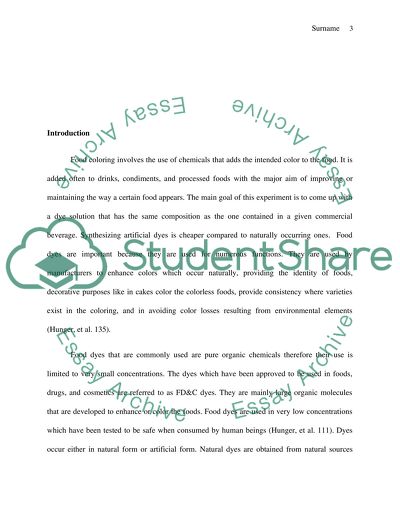Cite this document
(“Creation of the Food Dye Coloring of a New Drink Lab Report”, n.d.)
Creation of the Food Dye Coloring of a New Drink Lab Report. Retrieved from https://studentshare.org/chemistry/1685633-food-dye
Creation of the Food Dye Coloring of a New Drink Lab Report. Retrieved from https://studentshare.org/chemistry/1685633-food-dye
(Creation of the Food Dye Coloring of a New Drink Lab Report)
Creation of the Food Dye Coloring of a New Drink Lab Report. https://studentshare.org/chemistry/1685633-food-dye.
Creation of the Food Dye Coloring of a New Drink Lab Report. https://studentshare.org/chemistry/1685633-food-dye.
“Creation of the Food Dye Coloring of a New Drink Lab Report”, n.d. https://studentshare.org/chemistry/1685633-food-dye.


